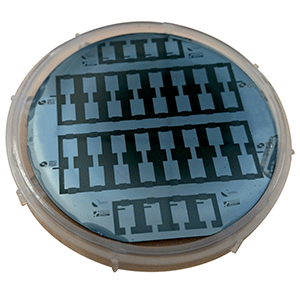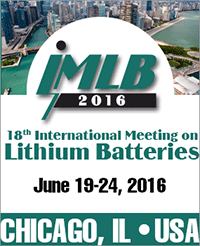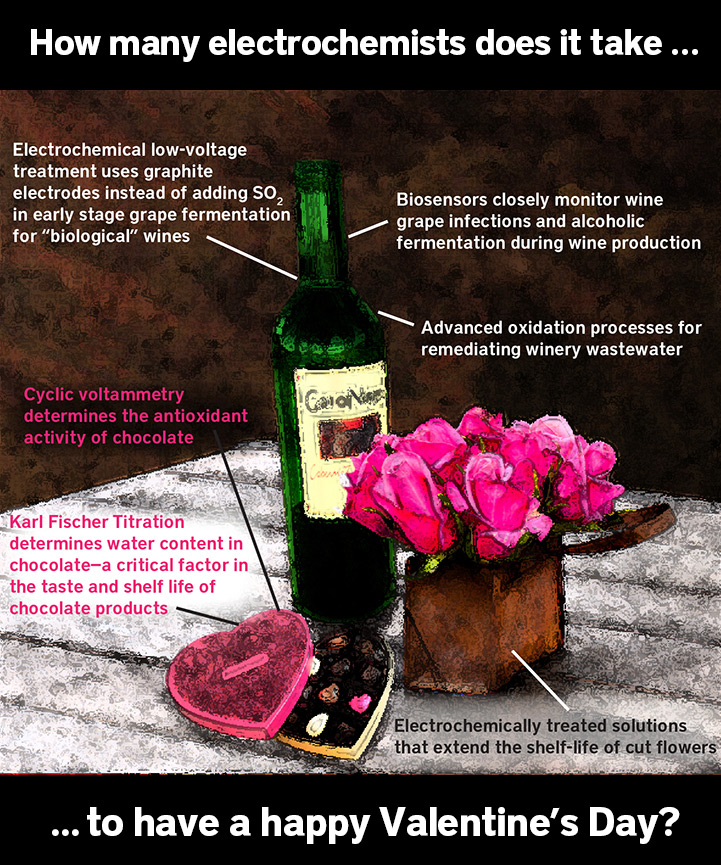 JSS Technical Editors: Fan Ren and Stefan De Gendt
JSS Technical Editors: Fan Ren and Stefan De Gendt
and
Guest Editors: Lain-Jong (Lance) Li and Daniel S. P. Lau
invite you to submit to the:
JSS Focus Issue:
Properties, Devices, and Applications Based on 2D Layered Materials
Submission Deadline | May 18, 2016
This special issue of the ECS Journal of Solid State Science and Technology focuses on properties, devices, and applications of two-dimensional (2D) based materials including boron nitrides, black phosphorous, transition metal dichalcogenides/oxides, and other layered materials beyond graphene.
Review and contributed papers are welcome in the following domains:
- Materials preparation
- Novel growth technology
- Growth chemistry
- Metal contacts
- Surface cleaning and passivation
- Wet and dry etching
- Device design and processing integration
- Device Physics
- Device and growth simulation
- Applications of 2D material based devices and systems
- Heterostructures based on 2D materials
Submission Deadline | May 18, 2016
Please submit manuscripts at http://ecsjournals.msubmit.net
(Be sure to specify your submission is for the JSS Focus Issue on Properties, Devices, and Applications Based on 2D Layered Materials.)
Papers accepted into this focus issue are published online within 10 days of acceptance. The issue is created online an article at a time with the final article published in October 2016.






 ECS recognizes outstanding technical achievements in electrochemistry and solid-state science and technology through its Honors & Awards program. There are many deserving members of the Sensor Division among us and this is an opportunity to highlight their contributions.
ECS recognizes outstanding technical achievements in electrochemistry and solid-state science and technology through its Honors & Awards program. There are many deserving members of the Sensor Division among us and this is an opportunity to highlight their contributions.